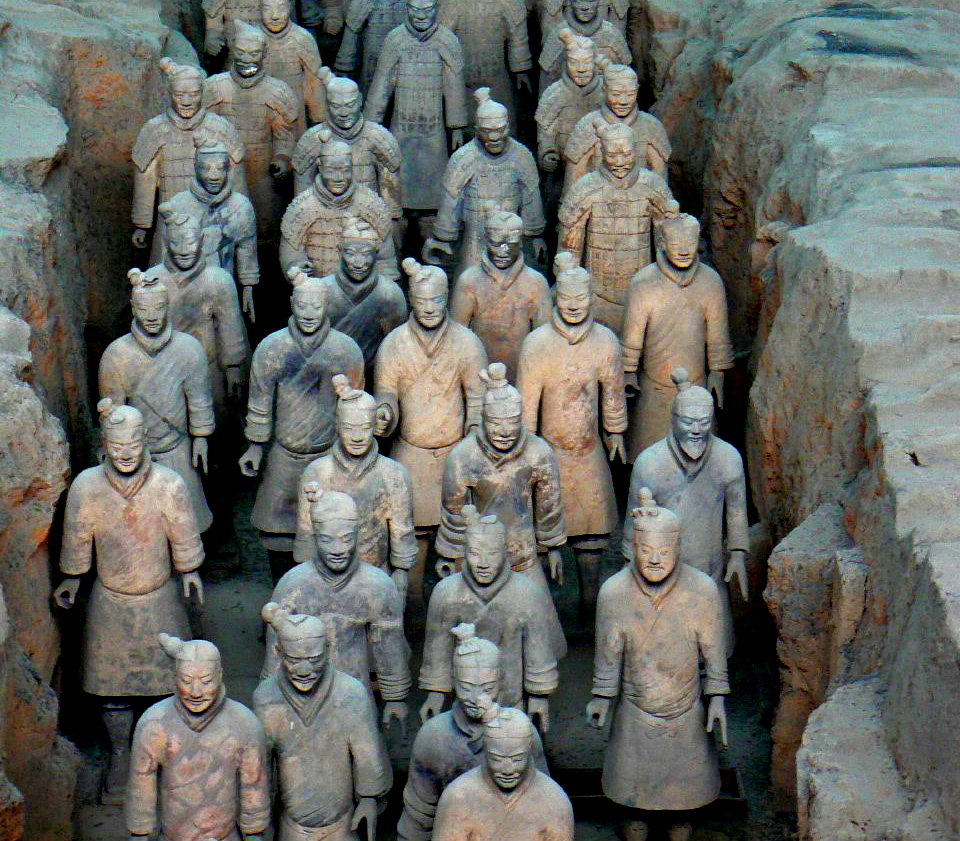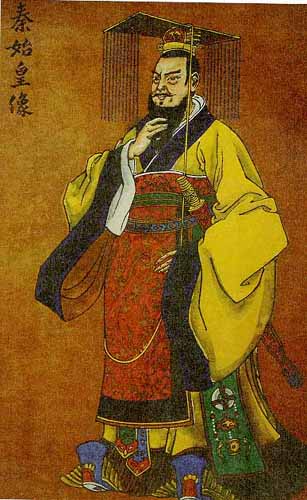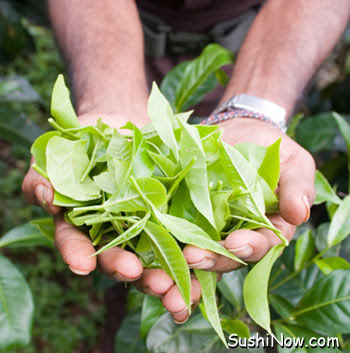
The Terracotta Army was found in 1975, which was just 35 years ago. It was found in excellent condition. The army was found to be a part of Emperor Qin's Tomb. The clay soldiers along with chariots, and clay horses were put there because it was thought that in the afterlife Emperor Qin would have an army to protect him. What was so different about the soldiers beside being so many of them, was that they were so life-like. The soldiers held weapons in their hands. Even though many of the soldiers didn't have them in their hands because of robbers taking them, many of the soldiers still held daggers, arrowheads, and swords. Many of them were still sharp!!!
The clay soldiers were made from fine clay, but it was only after the dynasty fell that rebels set fire to the frameworks (wooden pillars and crossbeams, topped with a roof of woven matting) that the clay soldiers baked from the heat and the clay hardened and this preserved the soldiers and warriors for us to find them.
 The money has holes in it.
The money has holes in it. This is the Emperor of Qin
This is the Emperor of Qin This is the clothing of the qin dynasty.
This is the clothing of the qin dynasty.
